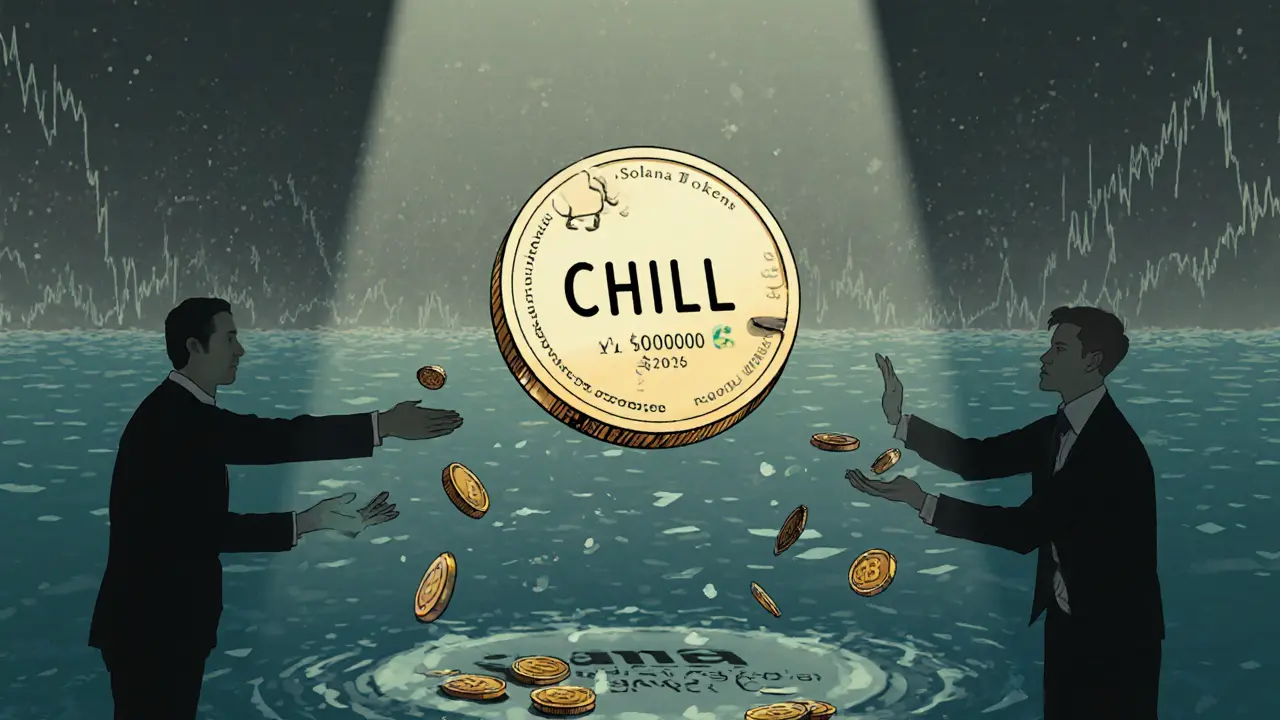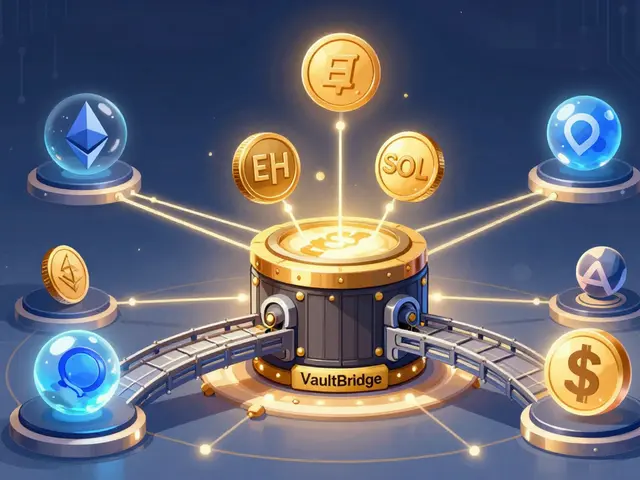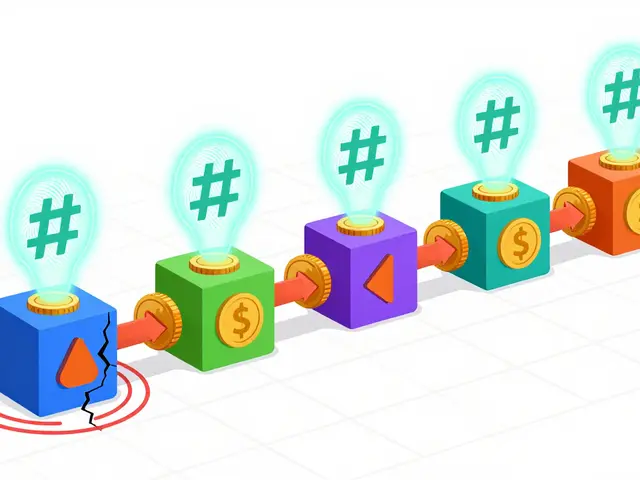Meme Coin: What They Are, Why They Crash, and How to Spot the Real Ones
When you hear meme coin, a cryptocurrency created mostly for fun or internet culture, often with no real utility or team behind it. Also known as dog coin, it’s usually launched with a viral image, a joke name, and a promise of quick riches. Most of them die within weeks. But a few? They explode. Dogecoin started as a parody. Shiba Inu copied it. And now, hundreds more pop up every month—each one hoping to be the next big thing. But here’s the truth: 95% of meme coins are built to vanish. They don’t solve problems. They don’t have whitepapers. They’re just hype wrapped in blockchain code.
So why do people still buy them? Because airdrop, a free distribution of tokens to attract users or reward early adopters culture makes it feel like free money. You see a tweet: "Claim 10,000 $XYZ before it pumps!" You connect your wallet. You do a few tasks. And suddenly, you’ve got a token worth nothing. But maybe—just maybe—it’ll go up. That’s the gamble. Meanwhile, tokenomics, the economic design behind a cryptocurrency, including supply, distribution, and incentives is often a joke. A meme coin might have 1 trillion tokens. Half are held by the devs. The rest are dumped on you. No lockups. No utility. Just a chart that looks like a rollercoaster ride with no seatbelts.
What you’ll find here isn’t hype. It’s the real talk. We’ve dug into the messy world of meme coins to show you what actually happened with MCASH, NYAN, ZWZ, and others. Some were scams. Some were just poorly designed. A few had clever mechanics—like anonymity mining or community-driven burns—that made them stand out. We’ll show you which airdrops were legit, which tokens had real tokenomics, and which ones were pure pump-and-dump traps. You’ll learn how to read a token’s supply, spot fake claims, and avoid getting stuck with worthless coins after the hype dies. No fluff. No promises. Just what works, what doesn’t, and why.
What is Kekius Maximus ($KEKIUS) Crypto Coin? A Realistic Look at the Meme Token
Kekius Maximus ($KEKIUS) is a meme crypto coin with no team, no utility, and inconsistent data across exchanges. It survives on viral tweets and hype, not real value. Here's what you need to know before buying.
What is LumiChill (CHILL) crypto coin? Price, risks, and reality check
LumiChill (CHILL) is a speculative Solana-based token with no utility, team, or real trading volume. Its microscopic price and wild swings make it a high-risk gamble, not an investment.
FourCoin (FOUR) Explained: What Is This Meme Crypto Coin?
FourCoin (FOUR) is a meme crypto built on Ethereum. Learn its tokenomics, market data, risks, and how to trade it in this detailed guide.







